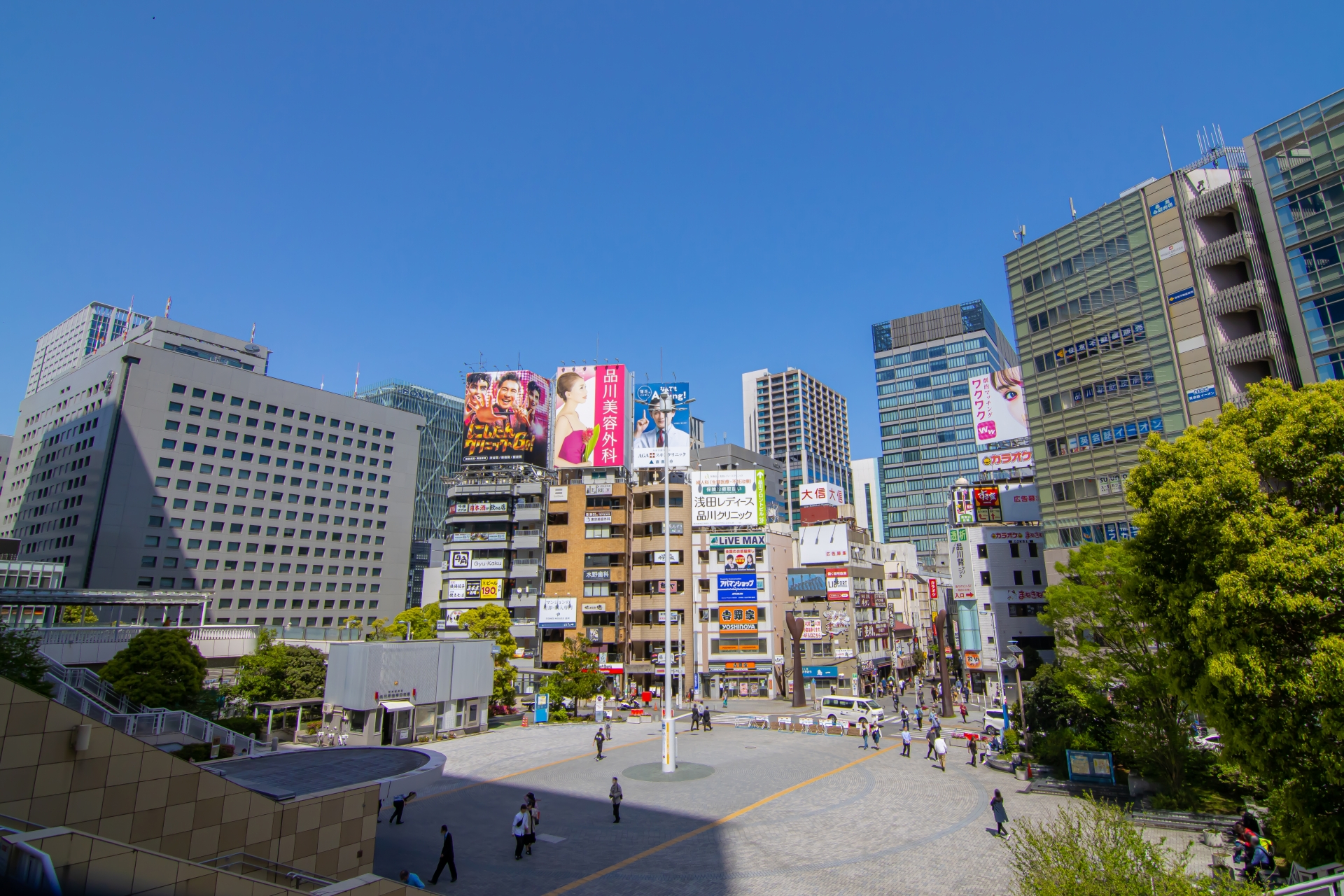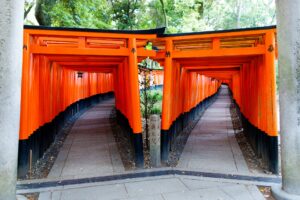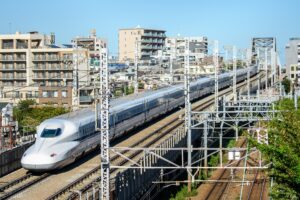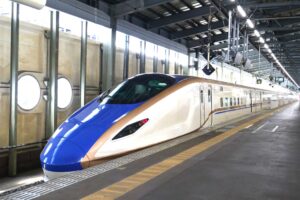Shinagawa Station isn’t just another stop on Tokyo’s train map — it’s one of the city’s most useful transportation hubs. With direct connections to the Shinkansen, local train lines, and both of Tokyo’s major airports, it’s a smart place to pass through, or even stay. Whether you’re planning your first trip to Japan or looking for a convenient base in Tokyo, this guide will help you make the most of Shinagawa Station and its surroundings.
Overview of Shinagawa Station
Shinagawa Station (品川駅) sits on the southern side of central Tokyo and plays a key role in the city’s transit system. It connects a number of major lines, including:
- JR Yamanote Line – the loop line that circles Tokyo
- Tokaido Shinkansen – for high-speed travel to Kyoto, Osaka, and beyond
- Keikyu Line – direct access to Haneda Airport
- JR Keihin-Tohoku, Tokaido, and Yokosuka Lines – for getting around Tokyo and nearby cities
Though the station has been around since 1872 — making it one of Japan’s oldest — it’s very modern inside. Shinagawa is clean, organized, and easy to navigate, with plenty of signs in English and well-marked platforms. It’s also a major business district, so the area stays active but not overwhelmingly busy like Shinjuku or Shibuya.
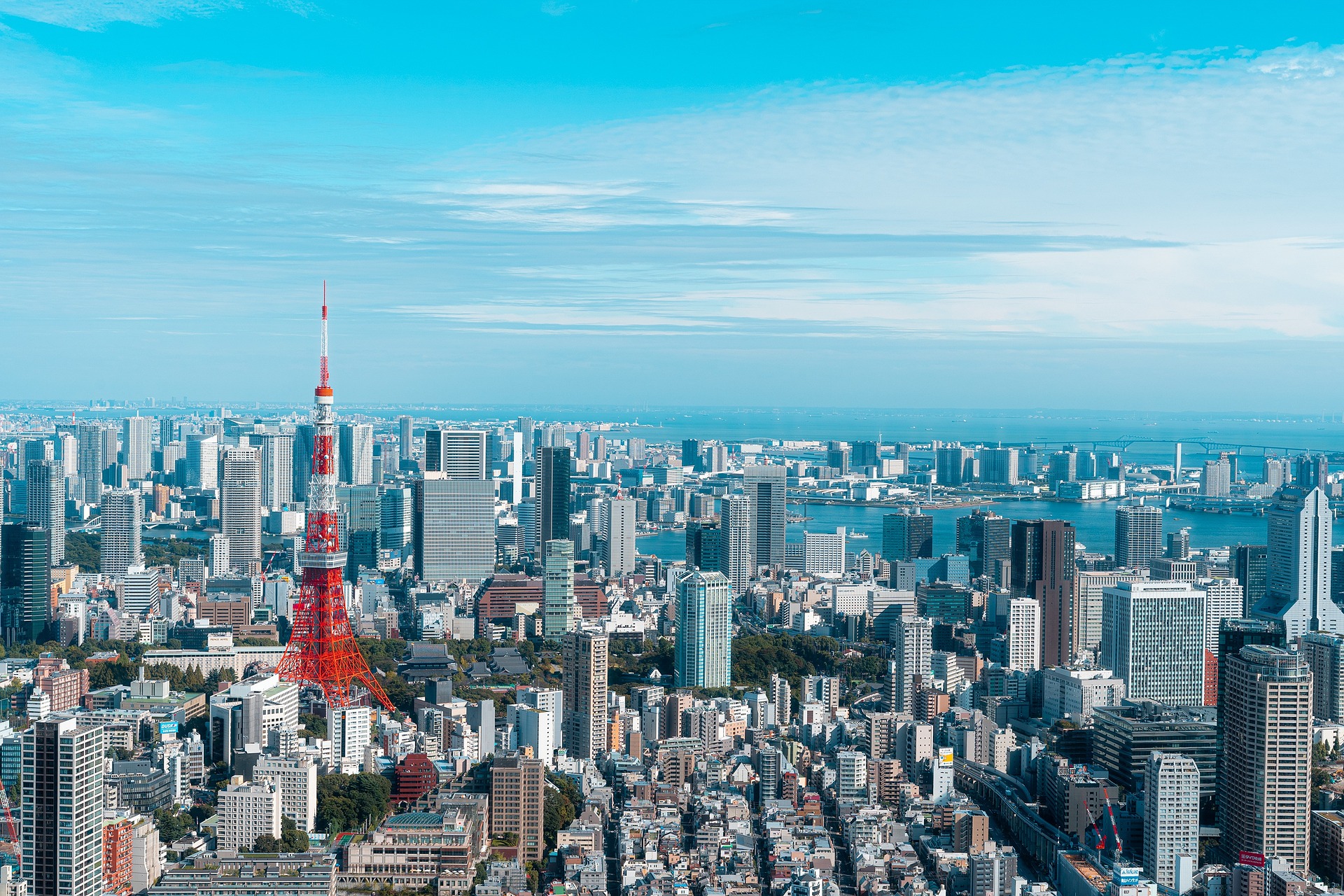
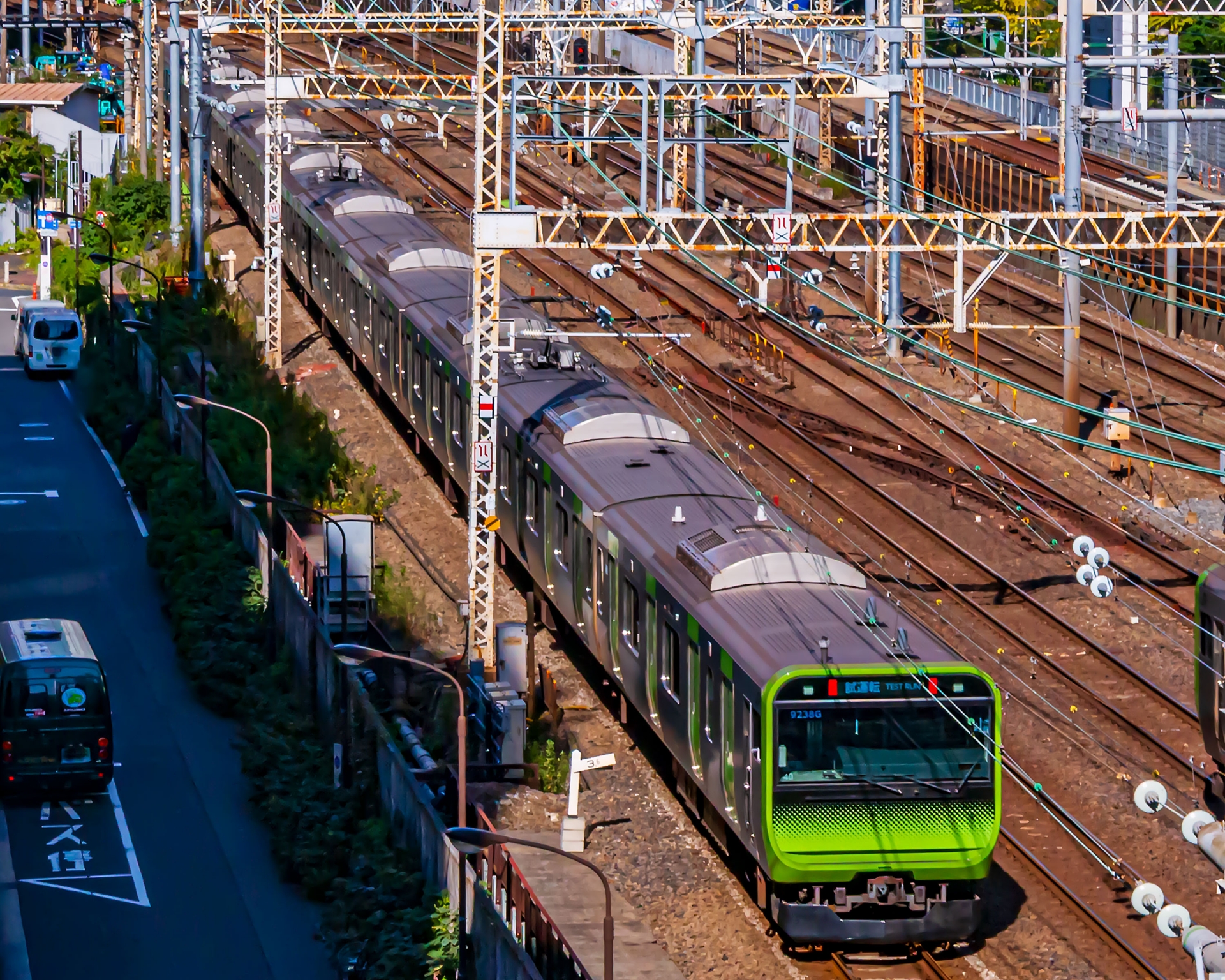
How to Get to Shinagawa Station from Tokyo Airports
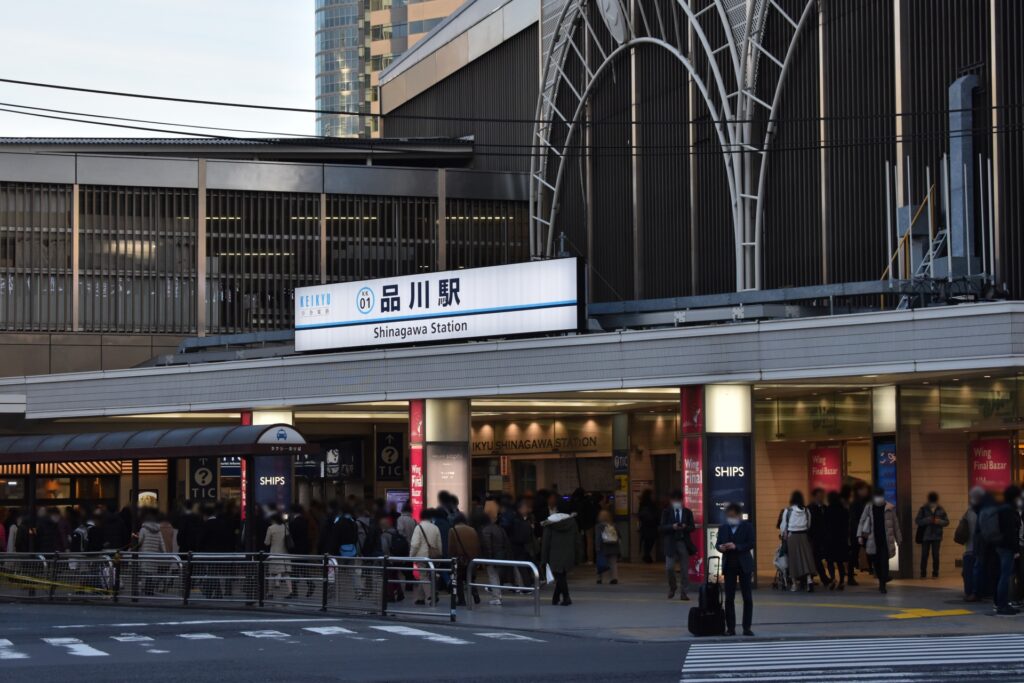
Getting to Shinagawa from either Haneda or Narita is pretty straightforward. Here’s a quick look at the best options depending on your arrival airport.
From Haneda Airport
The fastest and easiest way from Haneda is the Keikyu Line, which runs directly from the airport terminals to Shinagawa Station.
- Travel time: About 20~25 minutes
- Fare: Around ¥300 (about $2.50 USD)
- Bonus: Trains run frequently, and it’s a direct ride
Just follow the signs at Haneda for the Keikyu Line after you land. You can buy a ticket from the machine or use an IC card like Suica or PASMO. No need to transfer — you’ll be at Shinagawa before you know it.
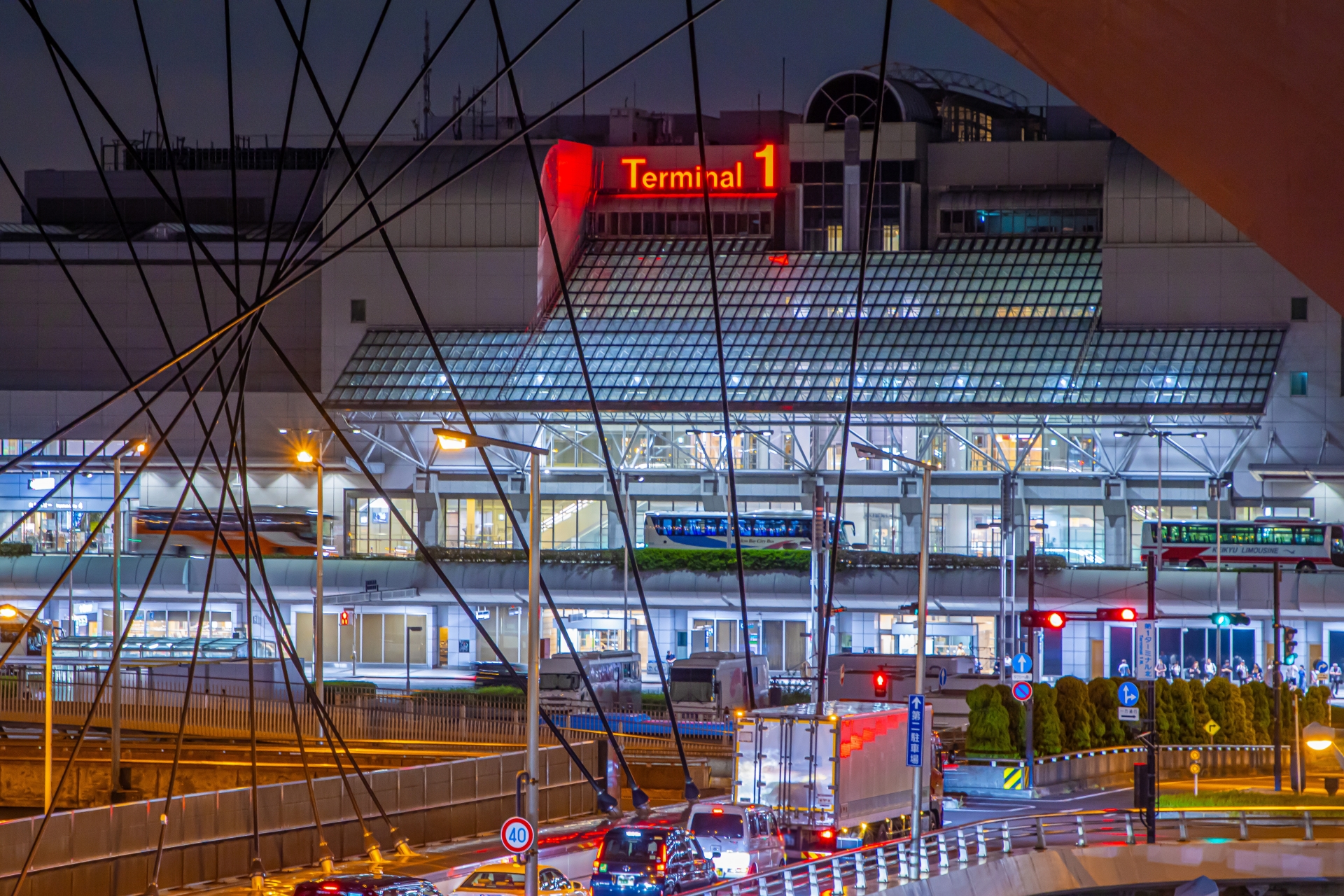
From Narita Airport
Narita is farther out, but there are a few good options:
1. Narita Express (N’EX)
You can take the Narita Express (N’EX) directly from Narita Airport to Shinagawa Station without any transfers. The train is designed with travelers in mind — all seats are reserved, and there’s plenty of space for luggage.
- Travel time: Around 65–75 minutes
- Cost: Around ¥3,200 ($25 USD)
- Pros: Direct, comfortable, luggage-friendly
- Cons: Runs less frequently than local lines, so check the schedule in advance
2. Keisei Skyliner + JR Line
A little quicker and sometimes cheaper. Take the Skyliner to Nippori, then switch to the Yamanote Line.
- Travel time: About 75 minutes
- Cost: About ¥2,800 ($21 USD)
3. Airport Limousine Bus
A more relaxed option, especially with lots of bags. Buses run directly to Shinagawa hotels.
- Travel time: 90–120 minutes (traffic-dependent)
- Cost: Around ¥3,100 ($24 USD)

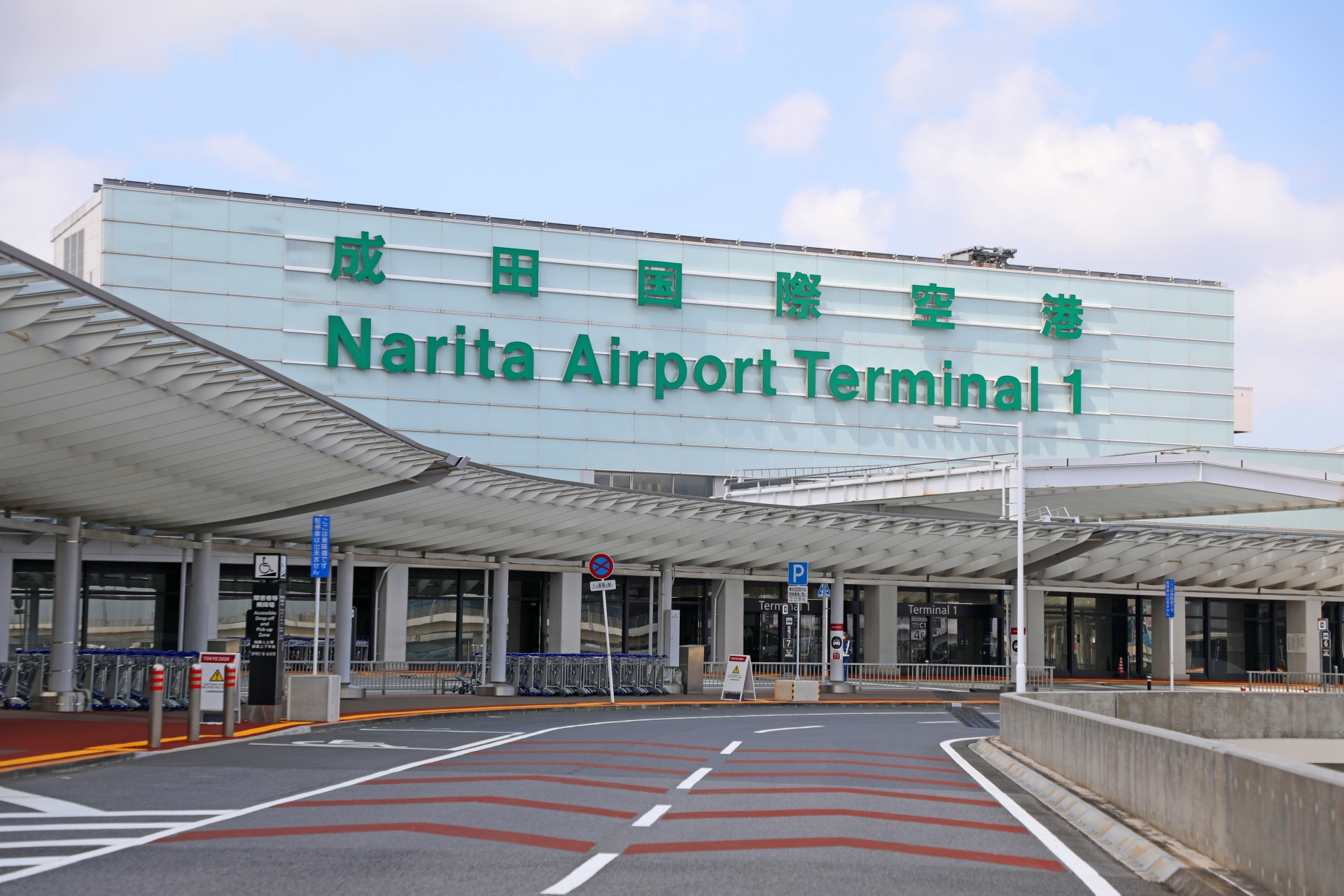
Navigating the Station: Transfers and Facilities
Shinagawa Station is big, but thanks to smart design, it’s relatively easy to get around — especially compared to places like Shinjuku.
- Transferring between lines is simple with clear English signs throughout. Just look for the colored line symbols and arrows.
- The Shinkansen platforms are in a separate area (look for blue signs), and the Keikyu Line has its own section (red signs).
- Elevators and escalators are available near every major exit and platform.
If you’ve got luggage, look for wide gates and elevators, or ask station staff — they’re helpful, and many speak basic English.
Station Facilities & Station Map
Here are some useful things to know:
- Coin Lockers: Found throughout the station. Use them to store bags for sightseeing — prices start around ¥300.
- Luggage Services: Some counters will hold bags for the day or send them to your hotel.
- Wi-Fi: Free Wi-Fi is available in common areas. Look for “JR-EAST FREE Wi-Fi.”
- ATMs: International-friendly ATMs are located near the main gates and convenience stores.
- Restrooms: Clean, modern, and free to use — with signs in English.
Things to Do Around Shinagawa Station
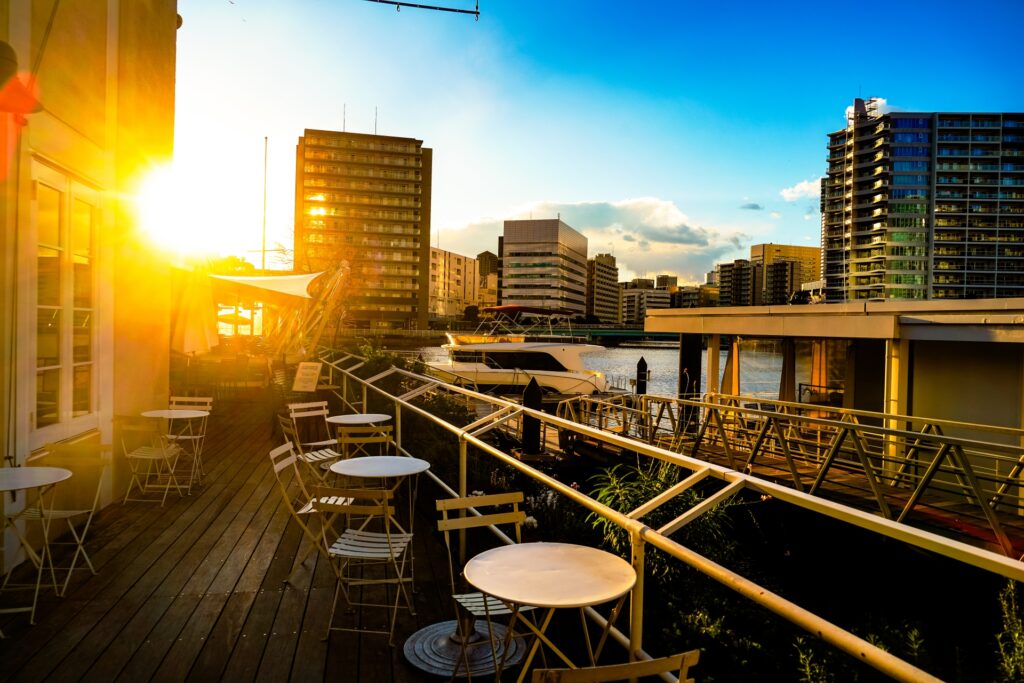
Shinagawa may not be as flashy as other Tokyo neighborhoods, but it has its own charm — and some great places to explore.
Dining and Shopping
- ecute Shinagawa (inside the station): Great for quick meals, coffee, and gifts.
- Shinatatsu Ramen Street: Just outside the station — try multiple ramen shops in one spot.
- Atre Shinagawa: A shopping mall with restaurants, boutiques, and cafes.
- Convenience Stores: Stock up on drinks, snacks, and travel basics from nearby 7-Elevens or Lawsons.
Family & Nature Attractions
- Shinagawa Aquarium: A favorite for kids, with dolphin shows and a walk-through tank.
- Sengakuji Temple: Historic site of the famous 47 Ronin — peaceful and full of samurai history.
- Tennozu Isle: A quiet canal-side area with art galleries, cafes, and waterfront walks.
- Takanawa Gateway Park: Good for a relaxing stroll or picnic between trains.
Where to Stay Near Shinagawa Station
Shinagawa is a practical place to stay in Tokyo. It’s quieter than the city center, but you’re still super connected — and often closer to the airport.
Luxury
- Shinagawa Prince Hotel: Right across from the station, with everything from an aquarium to a bowling alley.
- The Strings by InterContinental: Modern luxury with skyline views.
Mid-Range
- Mitsui Garden Hotel Gotanda: A short train ride away with great views and a rooftop bath.
- Tokyu Stay Takanawa: Good for longer stays — rooms come with laundry and mini-kitchens.
Budget
- Toyoko Inn Shinagawa: Clean, simple, and reliable.
- APA Hotel Sengakuji: Compact but convenient, near a quieter station one stop away.
Travel Tips & Lesser-Known Advice
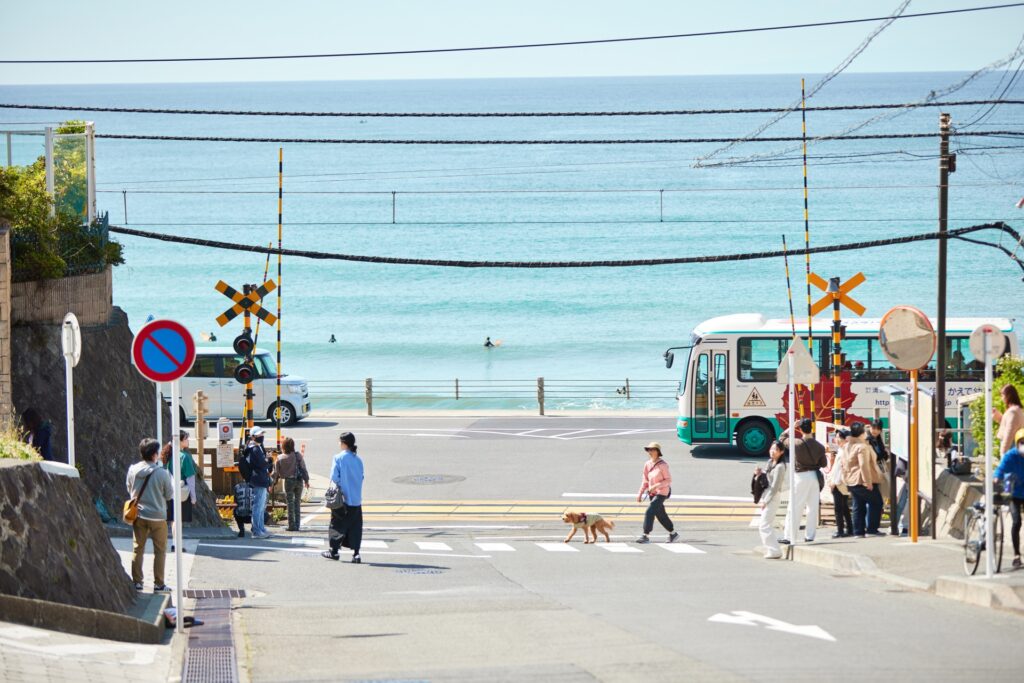
- Avoid rush hour if you can (7:30–9:00 AM and 5:00–7:30 PM).
- Late-night food is available at some izakayas and 24-hour convenience stores near the Takanawa exit.
- Luggage storage fills up quickly mid-day — get there early or use a luggage app like Ecbo Cloak.
- Tourist centers inside the station offer English support and free area maps.
Using Shinagawa Station for Day Trips
Shinagawa is a great launch point for exploring beyond Tokyo:
- Kyoto & Osaka: Hop on the Tokaido Shinkansen — you’ll be in Kyoto in under 2.5 hours.
- Mount Fuji: Head toward Kawaguchiko Station via JR + Fujikyu Line (~2 hours).
- Tokyo Disneyland: About 40 minutes via Yamanote Line to Tokyo Station, then Keiyo Line.
- Kamakura: Visit this historical town in under an hour on the Yokosuka Line.


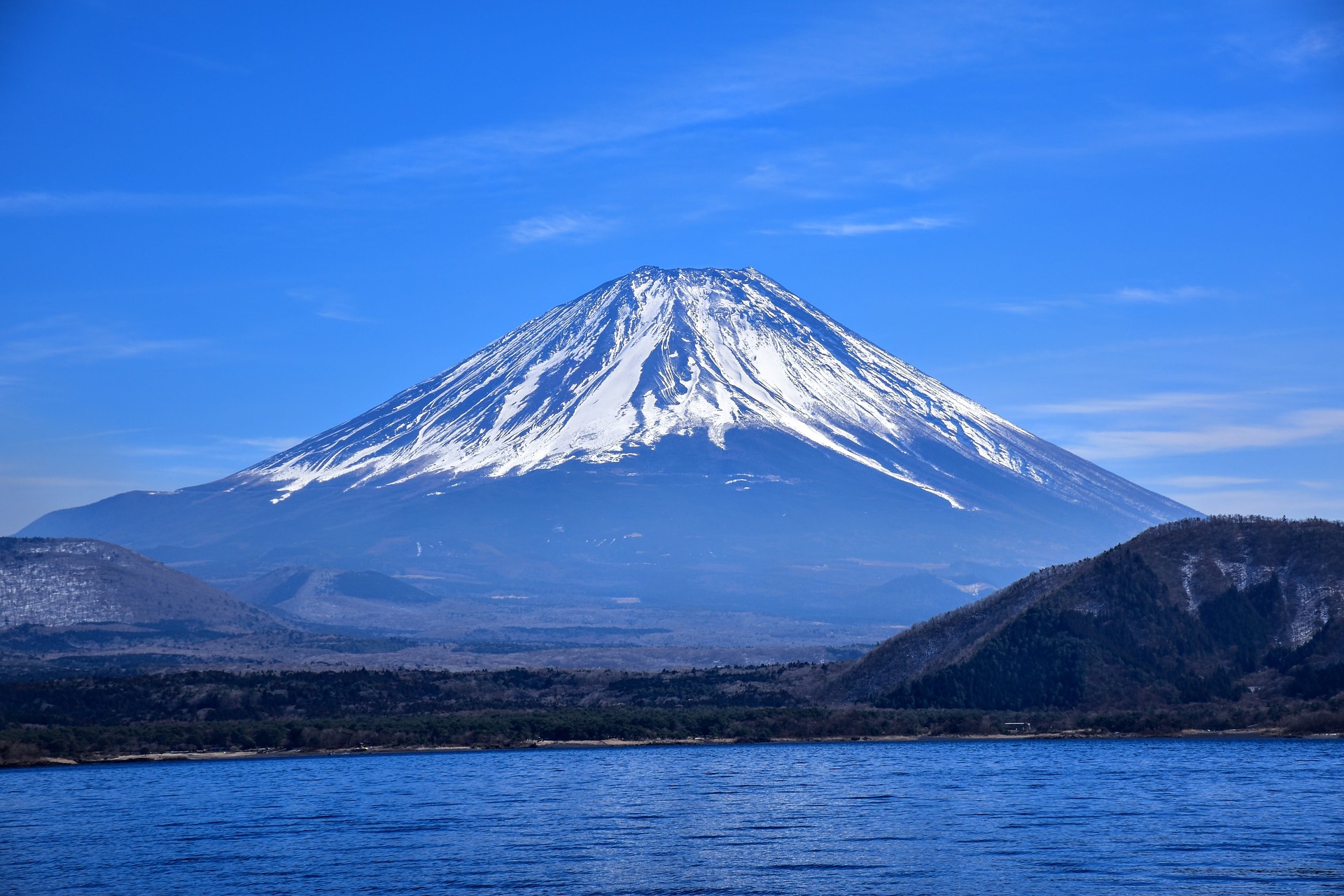
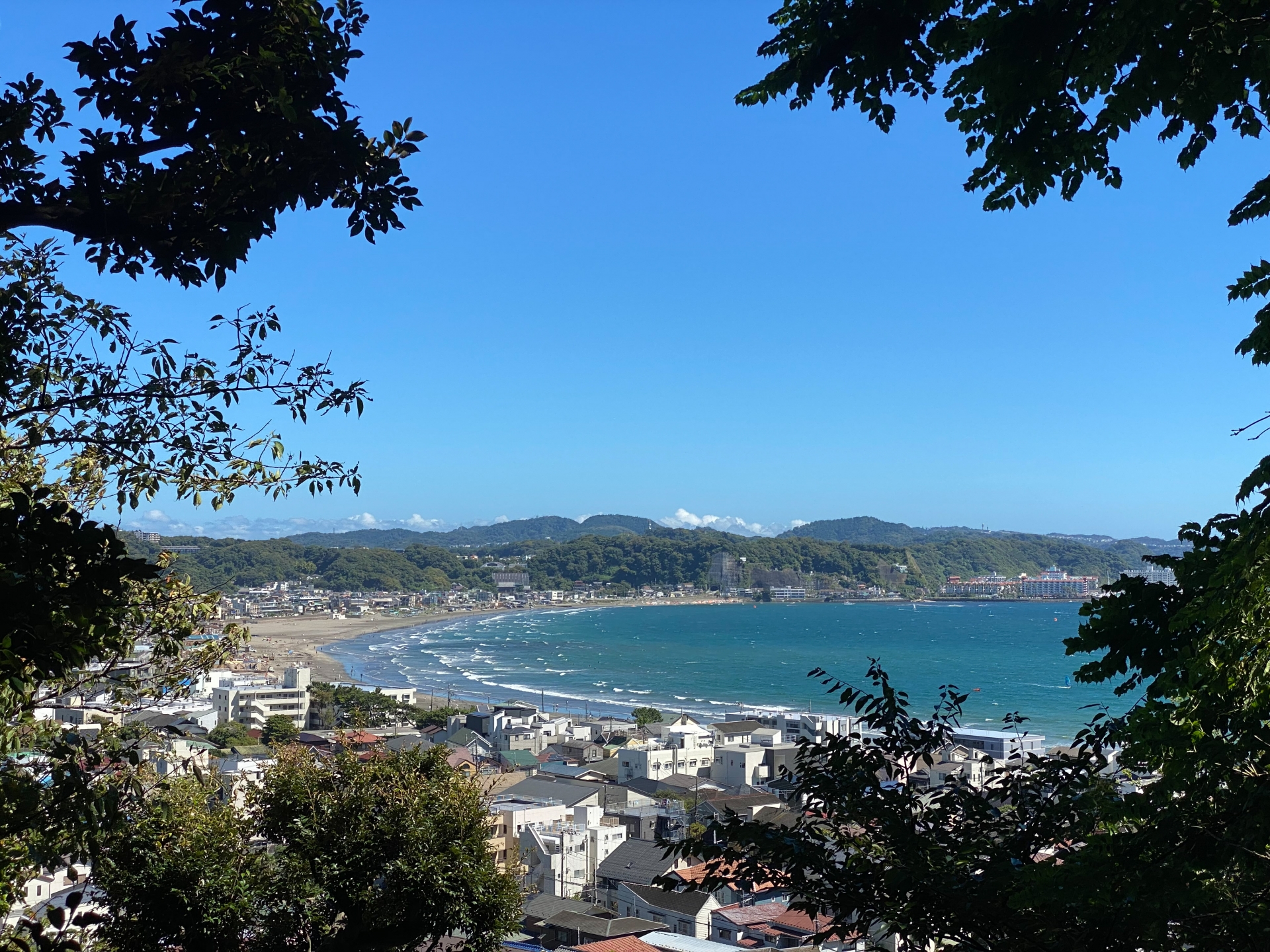
For Business Travelers
- Free Wi-Fi zones and English-friendly cafes are easy to find.
- Coworking spaces like Regus Shinagawa offer drop-in options.
- Hotels with meeting rooms are available nearby — especially at Shinagawa Prince and InterContinental.
Frequently Asked Questions
<details> <summary>Is Shinagawa Station good for tourists?</summary> Yes, especially if you’re flying into Haneda or planning to take the Shinkansen. It’s convenient, clean, and well-connected. </details> <details> <summary>What train lines go through Shinagawa?</summary> JR Yamanote, Keihin-Tohoku, Tokaido, Yokosuka, the Tokaido Shinkansen, and Keikyu Line. </details> <details> <summary>Can I store my luggage at Shinagawa Station?</summary> Yes, there are coin lockers and luggage services throughout the station. </details> <details> <summary>Is Shinagawa safe at night?</summary> Very. It’s a business district with a calm atmosphere and good lighting. </details>
Conclusion: Why Shinagawa Station Should Be on Your Tokyo Itinerary
Shinagawa Station might not be the first place that comes to mind when planning your Tokyo trip — but it should be. It’s one of the best spots for getting around, especially if you’re flying into Haneda or traveling by Shinkansen. The station itself is easy to navigate, packed with helpful services, and surrounded by dining, hotels, and low-key sightseeing. Whether you’re staying a few nights or just passing through, Shinagawa offers a smooth, stress-free Tokyo experience.
Plan a stop at Shinagawa Station on your next Japan adventure — it might just become your favorite gateway to the city.

